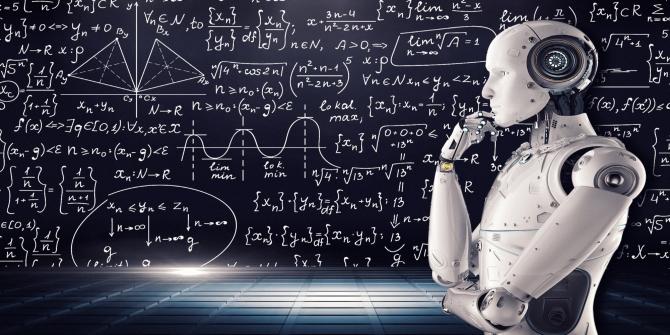Makey Makey Storyboards
Integrating the Arts into Earth and Space is a culminating or review activity for 5th grade. This lesson is comprised of five engaging activities for students to complete: Collaborative Storytelling
Mosquito Management
Students design and build air powered gliders in this engaging lesson. This is a fun way to teach and apply principles of force as they apply to flight including lift, gravity, thrust, and drag
Students will read an article about new innovative inventions. Students will research an issue they care about. Some examples would be climate change, trash, world hunger, forest fires, pollution, etc
Engineers often create small-size models of a new product to test its design. This is especially true with airplanes. Model testing tells engineers how a design responds to different air conditions
Students will compare two non-fiction texts about the Mars Rover, Opportunity. They will then use their knowledge of Computer Science and coding to develop a code instructing a robot to traverse an
Featured Lesson Plans
Check out these notable lesson plans.

Data Science Inquiry: Me and We
This engaging lesson is the 2nd lesson in a series of 2 focused on data science inquiry. Students use their My Data Portraits from Lesson 1 for data collection, analysis, presentation, reflection and

Quail Farming
Students will learn about the three pillars of sustainability through their quail farm. They will incubate, raise and restock their quails in order for them to be sustainable regardless of what

Ozobot Karaoke
In this lesson, students will combine the fields of coding and robotics with music to program an Ozobot to "sing" a familiar song. Students will learn about music concepts such as notes and octaves


